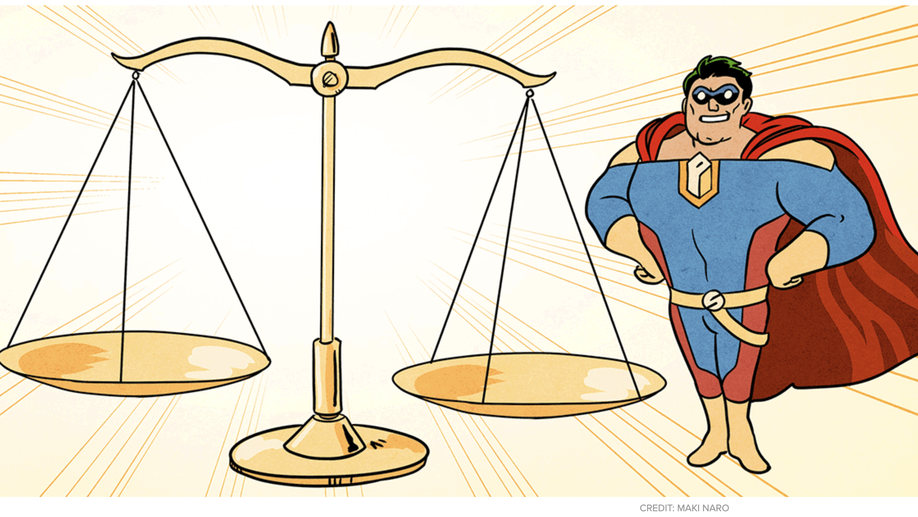
When courtroom science goes wrong — and how stats can fix it: an illustrated feature story
Bite marks, shoe prints, crime-scene fibers: Matches to suspects are often far shakier than courtroom experts claim. Better statistical methods — among them, a little beast known as the “likelihood ratio” — can cut down on wrong convictions.

Tips for Communicating Statistical Significance
‘So what exactly is a p-value?’ That’s the number-one question I get from non-scientists when they hear my specialty is communicating p-values and other statistics.
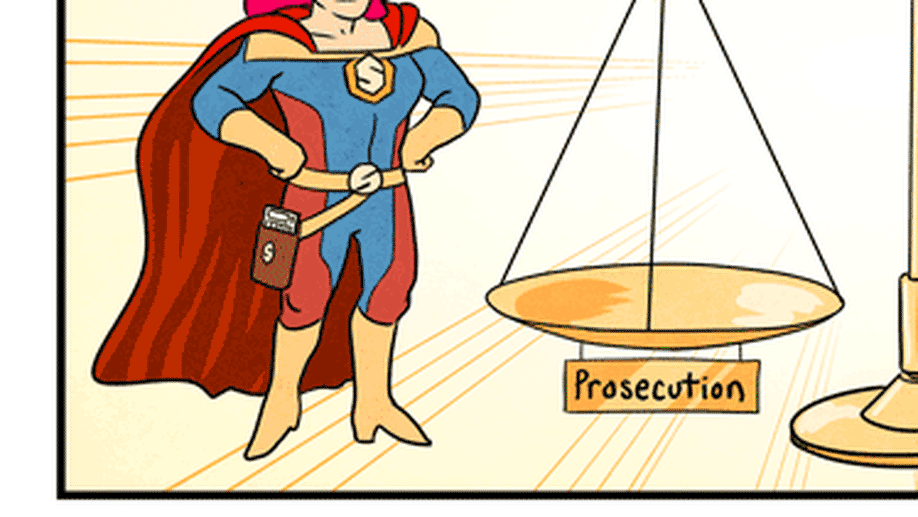
When courtroom science goes wrong — and how stats can fix it: an illustrated feature story
Bite marks, shoe prints, crime-scene fibers: Matches to suspects are often far shakier than courtroom experts claim. Better statistical methods — among them, a little beast known as the “likelihood ratio” — can cut down on wrong convictions.

Theodore Anderson, mathematician who advanced data analysis, dies at 98.
Theodore W. Anderson, a statistician whose work brought a new mathematical rigor to economics and social science in the postwar years and helped pave the way for modern econometrics and data analysis
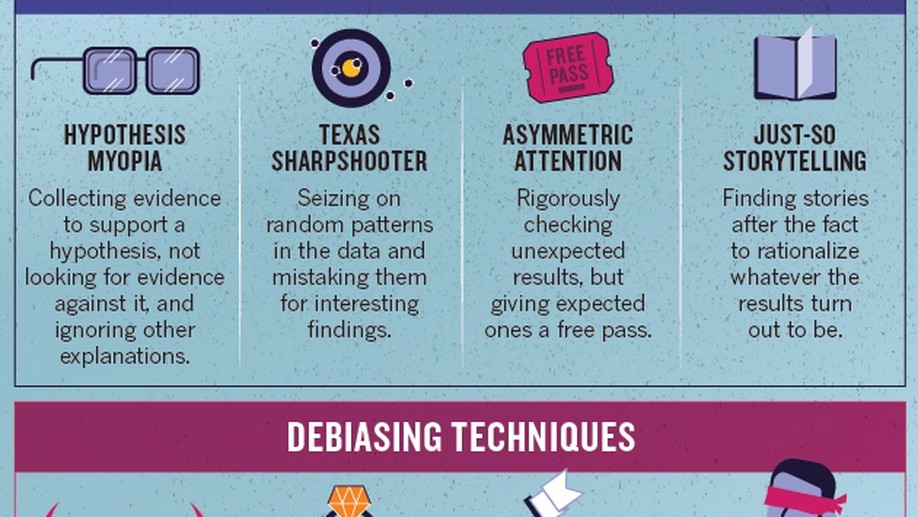
How scientists fool themselves — and how they can stop
Humans are remarkably good at self-deception. But growing concern about reproducibility is driving many researchers to seek ways to fight their own worst instincts.

How scientists fool themselves – and how they can stop
Humans are remarkably good at self-deception. But growing concern about reproducibility is driving many researchers to seek ways to fight their own worst instincts.

Scientists Perturbed by Loss of Stat Tools to Sift Research Fudge from Fact
Psychology researchers have recently found themselves engaged in a bout of statistical soul-searching. In apparently the first such move ever for a scientific journal the editors of Basic and Applied Social Psychology announced in a February editorial that researchers who submit studies for publication would not be allowed to use a common suite of statistical methods, including a controversial measure called the p-value.

Chance: Peace talks in the probability wars
WE ARE in a bar, and agree to toss a coin for the next round. Heads, I pay; tails, the drinks are on you. What are your chances of a free pint? Most people – sober ones, at least – would agree: evens. Then I flip the coin and catch it, but hide in it the palm of my hand. What’s your probability of free beer now?
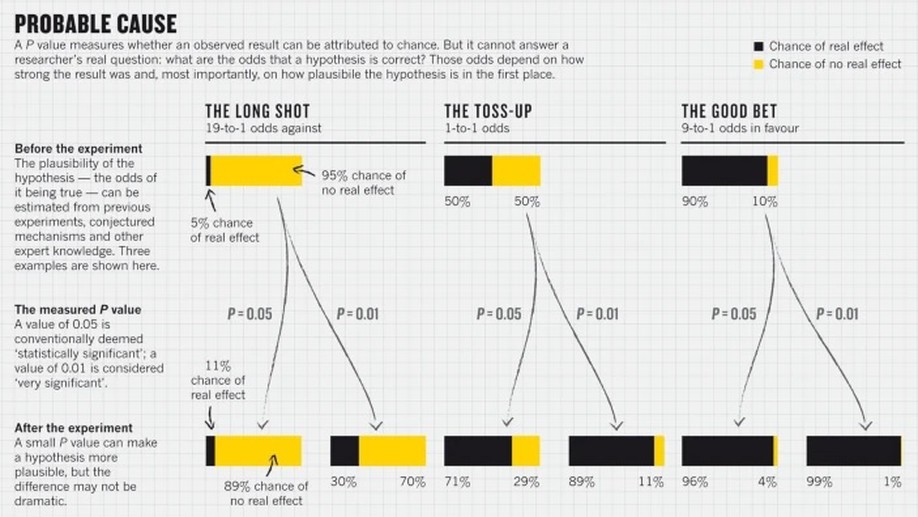
Scientific method: Statistical errors
P values, the ‘gold standard’ of statistical validity, are not as reliable as many scientists assume.
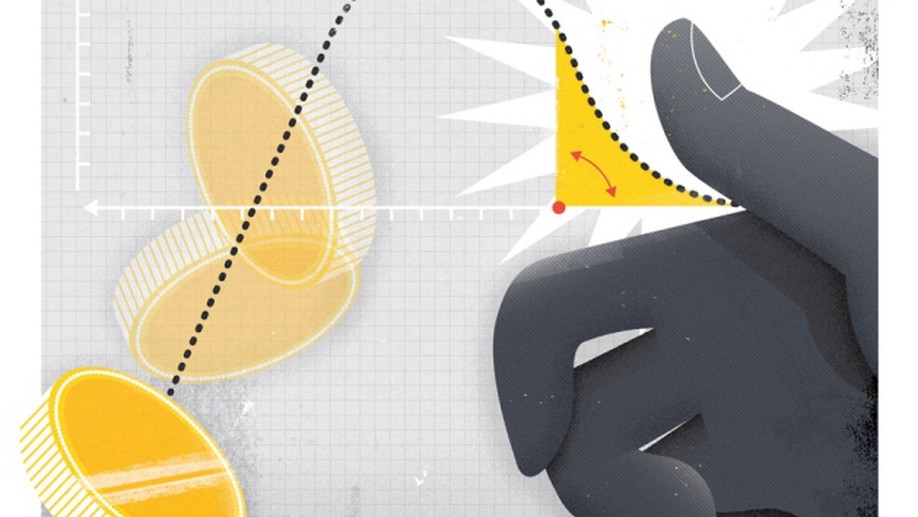
Scientific method: statistical errors
P values, the ‘gold standard’ of statistical validity, are not as reliable as many scientists assume.